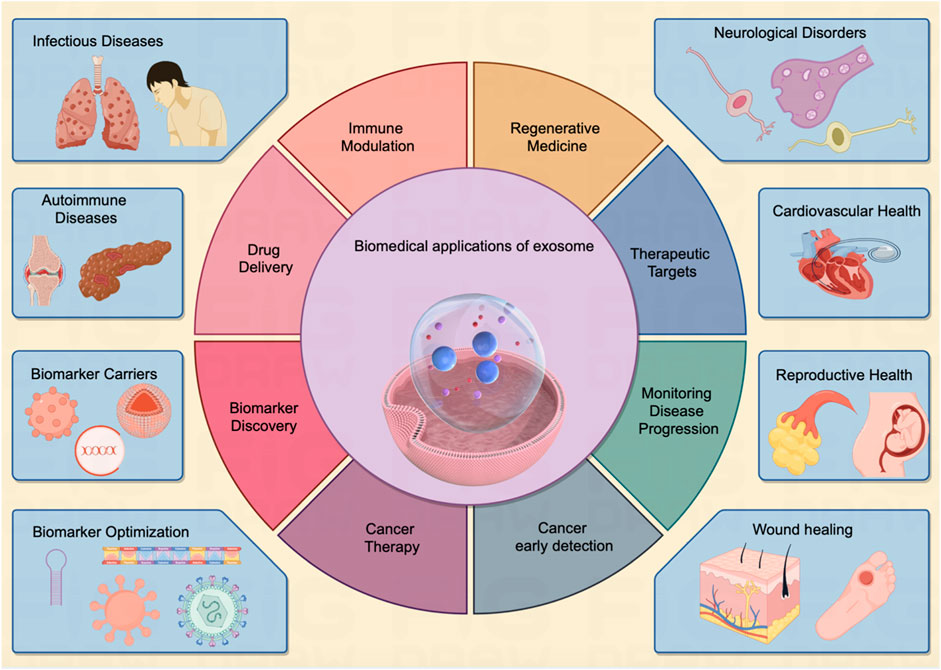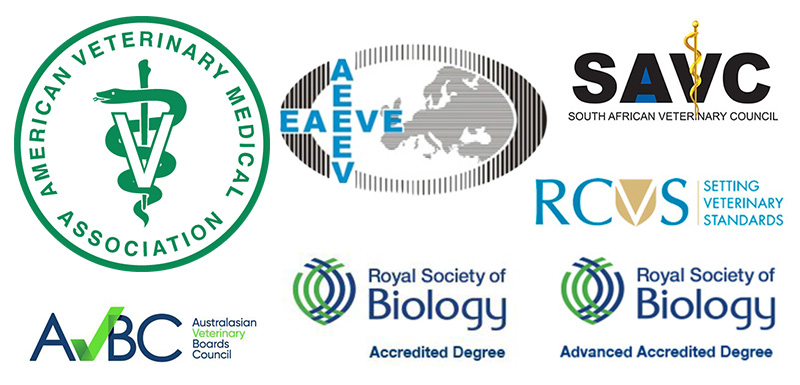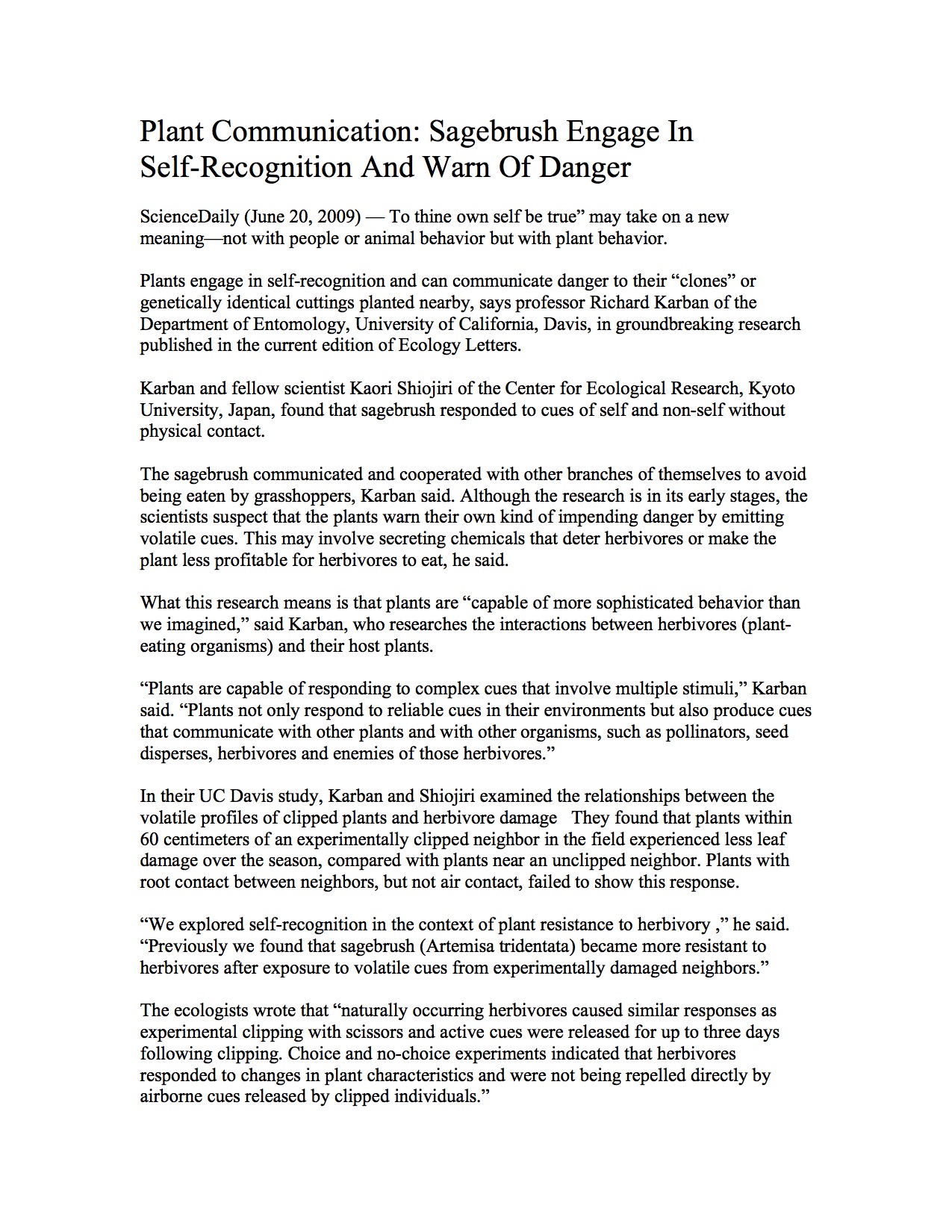Report on the Third Annual Bala Avenue Art Walk and its Contribution to Sustainable Development Goals
Event Overview and Strategic Objectives
The third iteration of the Bala Avenue Art Walk is scheduled for September 14, 2025, in the Bala Cynwyd section of Lower Merion. The annual event serves as a key initiative for community engagement and local economic support, featuring over 30 regional art vendors, live performances, and interactive activities. This report analyzes the event’s framework, governance, and significant alignment with the United Nations’ Sustainable Development Goals (SDGs).
Alignment with Sustainable Development Goals (SDGs)
The Bala Avenue Art Walk provides a practical model for localizing the SDGs, integrating economic, social, and governance objectives into a single community initiative.
- SDG 11: Sustainable Cities and Communities: By transforming a public right-of-way into a vibrant cultural hub, the event makes the community more inclusive, safe, and resilient. It safeguards and promotes local cultural heritage while fostering a strong sense of community identity and belonging.
- SDG 8: Decent Work and Economic Growth: The Art Walk directly supports productive employment and decent work by providing a commercial platform for local artists and craftspeople. It stimulates the local economy by driving foot traffic to area businesses, thereby promoting sustained, inclusive, and sustainable economic growth.
- SDG 17: Partnerships for the Goals: The event exemplifies a multi-stakeholder partnership essential for achieving sustainable development. The collaboration between the Lower Merion Board of Commissioners (public sector), the City Avenue District (business organization), and local entrepreneurs (private sector) is a core component of its success.
- SDG 3: Good Health and Well-being & SDG 12: Responsible Consumption: While permitting the consumption of alcohol, the event’s organizers and the township have established a framework that promotes responsible behavior and public safety, aligning with targets for ensuring healthy lives and promoting well-being for all.
Governance and Regulatory Framework for Sustainable Management
A key decision by the Lower Merion Board of Commissioners was the approval of a waiver to permit open containers of alcoholic beverages within the regulated event area. This governance action is underpinned by a comprehensive set of stipulations to ensure the event is managed sustainably and safely.
- Stakeholder Communication: The sponsor is required to notify all adjacent businesses and residents of the event’s logistics.
- Regulatory Compliance: Participating establishments must adhere to all requirements set by the Pennsylvania Liquor and Control Board (PLCB) and obtain any necessary temporary food licenses from Montgomery County.
- Liability and Safety: Each establishment must provide its own event liability insurance and enforce strict measures to prevent underage consumption.
- Professional Certification: All servers handling alcoholic beverages must be certified under the Responsible Alcohol Management Program (RAMP), ensuring a high standard of professional responsibility.
Stakeholder Endorsement and Community Impact
The initiative has garnered official support, underscoring its positive impact on the community. Commissioner Louis Rossman praised the event as “first-class” and commended the City Avenue District for its contribution to the township. This endorsement reflects the event’s success in achieving its goal of strengthening the community and placing “Bala Cynwyd on the radar in a good way,” which directly contributes to the social sustainability outlined in SDG 11.
SDGs Addressed in the Article
-
SDG 8: Decent Work and Economic Growth
- The article highlights an event that supports local economic activity. The Bala Avenue Art Walk provides a platform for “more than 30 art vendors from across the region” to sell their products. It also involves local restaurants that serve food and beverages, thereby contributing to the local economy and providing work for their employees.
-
SDG 11: Sustainable Cities and Communities
- The event is a clear example of fostering community engagement and enhancing cultural life within a township. By transforming a public right-of-way (“a portion of Bala Avenue”) into a space for an “Art Walk,” the initiative makes the urban space more inclusive and accessible for cultural activities. The event aims to “get on the radar in a good way,” which contributes to the cultural identity and attractiveness of the Bala Cynwyd community.
-
SDG 16: Peace, Justice, and Strong Institutions
- The article demonstrates the functioning of effective and transparent local institutions. The “Lower Merion Board of Commissioners” held a meeting to give “final approval” for the event based on a “staff memo.” This public process, along with the establishment of clear regulations for participants (e.g., liability insurance, PLCB compliance, RAMP certification), showcases accountable governance at the local level.
-
SDG 17: Partnerships for the Goals
- The organization of the Art Walk is a partnership between the public sector and a local organization. The event is sponsored by the “City Avenue District” and requires approval and waivers from the “Lower Merion Board of Commissioners.” This collaboration is essential for the event’s success and represents a partnership to achieve community development goals.
Identified SDG Targets
-
Target 8.9: Promote sustainable tourism that creates jobs and promotes local culture and products.
- The Art Walk is a policy in action that promotes local culture through art, music, and food. It directly supports local artisans (“art vendors”) and businesses (“participating restaurants”), which aligns with promoting local products and creating economic opportunities.
-
Target 11.4: Strengthen efforts to protect and safeguard the world’s cultural and natural heritage.
- The annual Art Walk is an effort to promote and safeguard local culture. By providing a recurring venue for regional artists and musicians, the community is actively strengthening its local cultural expression.
-
Target 11.7: Provide universal access to safe, inclusive and accessible, green and public spaces.
- The event repurposes a “public rights-of-way” into a pedestrian-friendly community space for a day. The approval of a regulated area on “Bala Avenue, between Montgomery Avenue and Cynwyd Road” for the public to gather demonstrates an initiative to provide accessible public space for community interaction and recreation.
-
Target 16.6: Develop effective, accountable and transparent institutions at all levels.
- The article describes the formal approval process by the “Lower Merion Board of Commissioners,” which acts as an accountable local institution. The requirement for businesses to comply with various regulations, including those from the “Pennsylvania Liquor and Control Board (PLCB),” further points to the effectiveness of institutional oversight.
-
Target 17.17: Encourage and promote effective public, public-private and civil society partnerships.
- The event is a direct result of a partnership between the “City Avenue District” (the sponsor) and the “Lower Merion Board of Commissioners” (the public institution). Commissioner Rossman’s commendation of the City Avenue District for “supporting our township” explicitly acknowledges this successful collaboration.
Implied Indicators for Measuring Progress
-
Indicators for Target 8.9
- Number of local vendors and businesses participating: The article mentions “more than 30 art vendors” and “participating restaurants,” which can be used as a direct indicator of the event’s economic reach.
-
Indicators for Target 11.4
- Frequency of cultural events: The article states this is the “third year” of the “annual event,” indicating a sustained effort to promote local culture. The number of such events per year is a measurable indicator.
-
Indicators for Target 11.7
- Area of public space utilized for community events: The specific designation of “a portion of Bala Avenue, between Montgomery Avenue and Cynwyd Road” serves as an indicator of public space being made accessible for community purposes.
-
Indicators for Target 16.6
- Adherence to institutional regulations: The requirement for participants to have “event liability insurance,” “temporary food licenses,” and “RAMP” certified servers are all measurable indicators of institutional effectiveness and compliance.
-
Indicators for Target 17.17
- Existence of formal partnerships for community events: The documented collaboration between the “City Avenue District” and the “Lower Merion Board of Commissioners” is an indicator of a successful public-civic partnership.
Summary of SDGs, Targets, and Indicators
| SDGs | Targets | Indicators |
|---|---|---|
| SDG 8: Decent Work and Economic Growth | 8.9: Promote sustainable tourism that creates jobs and promotes local culture and products. | Number of participating local art vendors (>30) and restaurants. |
| SDG 11: Sustainable Cities and Communities | 11.4: Strengthen efforts to protect and safeguard the world’s cultural and natural heritage.
11.7: Provide universal access to safe, inclusive and accessible, green and public spaces. |
Establishment of an “annual event” (now in its “third year”).
Designation of a public right-of-way (“a portion of Bala Avenue”) for a community event. |
| SDG 16: Peace, Justice, and Strong Institutions | 16.6: Develop effective, accountable and transparent institutions at all levels. | Public approval process by the “Lower Merion Board of Commissioners.” Mandatory compliance with PLCB and RAMP certifications. |
| SDG 17: Partnerships for the Goals | 17.17: Encourage and promote effective public, public-private and civil society partnerships. | Formal collaboration between the “City Avenue District” and the “Lower Merion Board of Commissioners.” |
Source: mainlinemedianews.com







